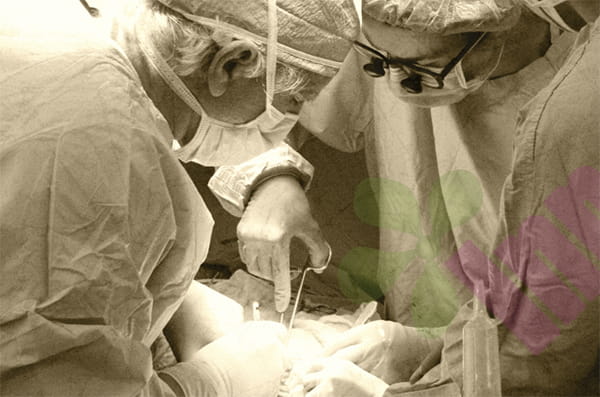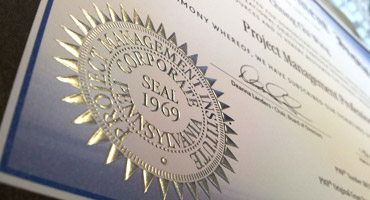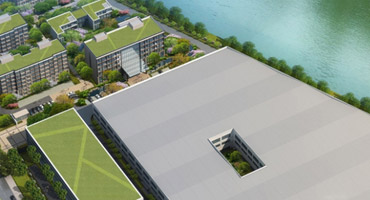Blisters on the heels of new or ill-fitting boots are a common problem. While these injuries to the skin caused by friction aren't serious, improper treatment can lead to infection or affect normal walking. Understanding how blisters form and how to treat them correctly can effectively alleviate discomfort and promote healing.
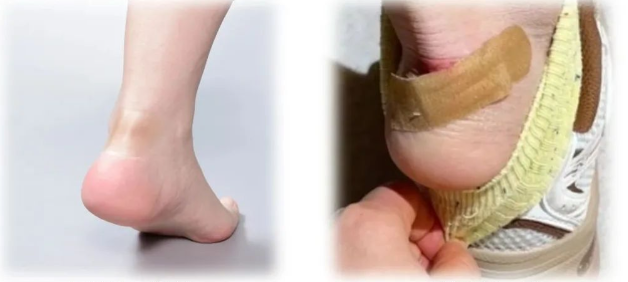
Why do blisters easily form on the heels of boots?
Constant friction is the direct cause of blister formation. When the heel of a boot repeatedly rubs against the skin of the foot, shear forces are generated between the epidermis and dermis, causing tissue fluid to leak and form blisters. New boots are made of a harder material and cannot immediately adapt to the shape of the foot, which can easily create pressure points at the heel and ankle. Improper boot size is also a key factor: boots that are too loose can cause the foot to slide excessively while walking, while boots that are too tight can increase localized pressure.
Humid conditions exacerbate the problem. When feet sweat in enclosed boots, damp skin experiences significantly increased friction, softening the stratum corneum and making it more susceptible to damage. During prolonged walking, the heat and pressure generated by friction accumulate, exceeding the skin's tolerance. The rough seams on some boots can directly contact the skin and cause mechanical damage. Personal factors, such as skin sensitivity and foot morphology, can also increase the risk of blisters.
How to prevent boot heel blisters?
Choosing the right boots is fundamental to prevention. When trying them on, ensure the heel fits snugly but not constrictively, leaving ample room for movement. Wear professional hiking socks or double socks with a moisture-wicking inner layer and a friction-reducing outer layer. Pre-apply blister packing, athletic tape, or silicone inserts to areas prone to friction. New boots should be worn gradually, starting with short periods of indoor wear. Keep feet dry, use foot antiperspirant, and change socks frequently. Lightly sand the internal seams of the boots to smooth them and reduce friction points.
How to deal with the early stages of blister formation?
If you feel heat or redness in your heels, take immediate action. Stop walking, check your feet, and change into loose, comfortable shoes. Apply a special anti-blister patch to the reddened area; its cushioning effect will prevent further friction. Apply a cold compress to the reddened area for 15-20 minutes to reduce inflammation. If you must continue walking, apply petroleum jelly to the area to reduce friction. At night, expose your feet to air to promote skin recovery.
How to deal with blisters that have formed?
Blisters smaller than 1 cm and not tense are best left intact. The blister epidermis provides a natural barrier against bacterial infection. Place a ring-shaped gasket around the blister to relieve pressure and avoid further friction. Cover with a breathable dressing, changing it daily and monitoring the condition.
For larger, more tense blisters, or those located in areas where continued walking is essential, drainage may be necessary. First, disinfect the blister and surrounding skin with iodine. Using an alcohol-sterilized needle, pierce the blister parallel to the edge and gently squeeze to expel the tissue fluid. Leave the blister epidermis covering the wound and apply antibiotic ointment to prevent infection. Cover with a sterile dressing, securing with paper tape, taking care not to stick to delicate skin. Change the dressing daily and monitor for signs of infection.
How to treat broken blisters
Carefully trim any excess epidermis that has fallen off, but do not forcibly remove any remaining adherent areas. Gently cleanse the wound with saline to remove dirt and necrotic tissue. Apply an antibiotic ointment such as mupirocin to prevent secondary infection. Cover with a hydrocolloid or foam dressing to provide a moist healing environment and absorb exudate. Change the dressing regularly, usually daily, or more frequently if exudate is high. Observe the growth of new epithelium and avoid further rubbing the area.
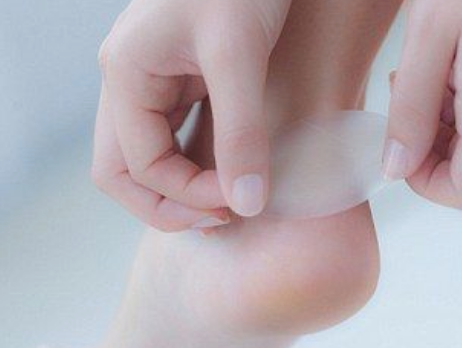
How to promote blister healing?
Use a hydrocolloid heel patch to keep the wound moderately moist and accelerate epithelialization. Avoid tearing off the dead skin at the edge of the blister and let it fall off naturally.
For more information on Innomed®Hydrocolloid Blister Plaster, refer to the Previous Articles. If you have customized needs, you are welcome to contact us. You Wholeheartedly. At longterm medical, we transform this data by Innovating and Developing Products that Make Life easier for those who need loving care.
Editor: kiki Jia

 English
English عربى
عربى Español
Español русский
русский 中文简体
中文简体